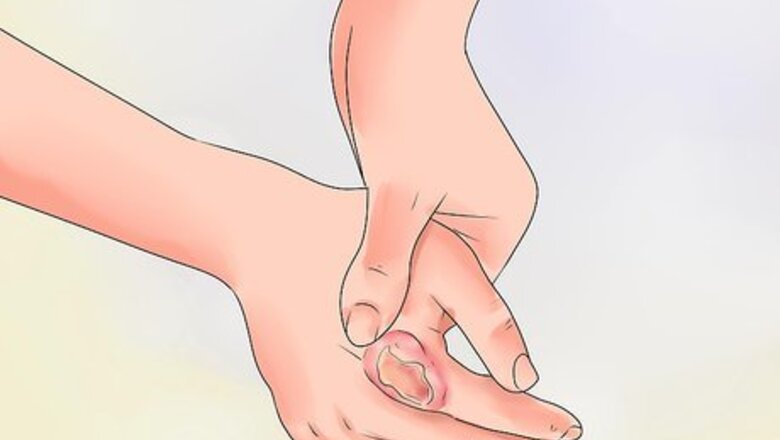
views
X
Trustworthy Source
Cleveland Clinic
Educational website from one of the world's leading hospitals
Go to source
Preparing to Treat the Wound
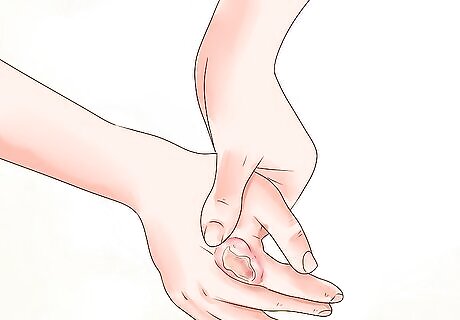
Identify normal wound drainage. In treating a draining wound, it is important that you have an idea of what normal drainage looks like. Types of normal wound drainage include: Serous drainage: This type of drainage can manifest as a clear, colorless drainage or a slightly yellowish discharge. This sort of drainage is not produced enough that it can soak a bandage. Serosanguinous drainage: This type of drainage manifests as a thin, watery discharge that is made of blood and serum. Because there is only a small amount of blood, the discharge may be pinkish.
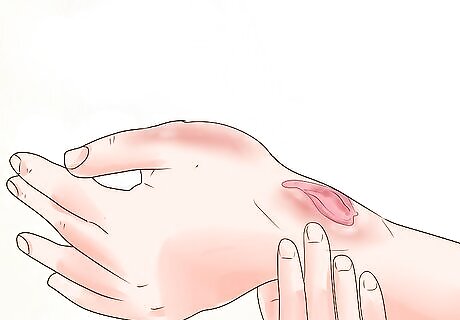
Identify abnormal wound drainage. While it is helpful to know what is normal, it is also important to be aware of what to look out for in the event of infection. Types of abnormal wound drainage include: Sanguinous drainage: This type of drainage has a lot of blood in it and appears bright red. Purulent discharge: This is also known as pus. The color of pus discharge varies; it can be green, yellow, white, gray, pink, or brown. Pus normally smells very bad.
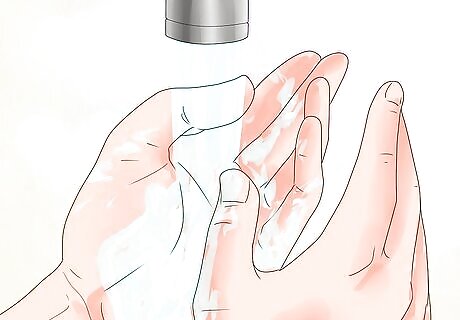
Wash your hands properly before and after treating the wound. Washing your hands will limit the amount of bacteria that you expose your wound to. To wash your hands: Wet your hands with warm or cold water. Lather your hands using soap. Scrub your hands for as long as 30 seconds to effectively remove bacteria and dirt. Rinse your hands under running water. Dry your hands using a clean towel.
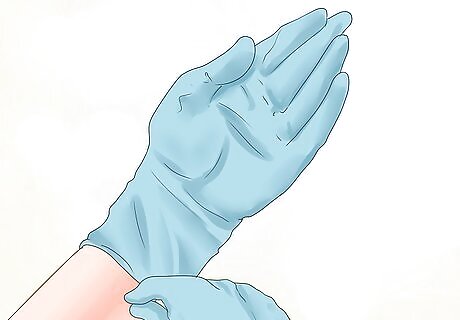
Put on a pair of clean disposable gloves. While washing your hands is generally enough to keep your wound from becoming infected, water and soap will still leave microbes behind on your hands. Because of this, wearing gloves will serve as a further barrier between bacteria and your wound. Remove and discard the gloves after you have treated the draining wound.
Treating the Wound
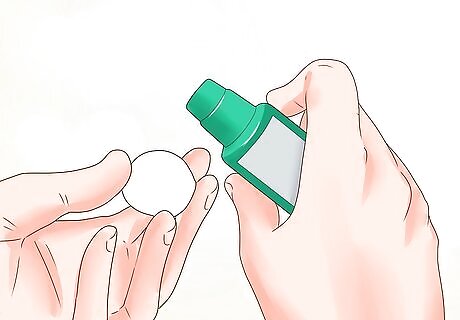
Clean the wound using saline solution or mild soap and water. Washing and cleaning the draining wound with saline or soapy water will help remove old dead skin cells and wound debris, which can facilitate wound healing. Clean a draining wound once a day or when the bandage over the wound gets soiled or wet. Before cleaning the wound, be sure you have washed it under running water. Pour the solution on a piece of gauze or a clean cloth and run it gently over the wound with gentle dabs and wipes. Clean the wound in a circular motion, starting from the center of the wound and working your way out to the edges of the wound. Do not use alcohol, hydrogen peroxide, iodine, skin cleansers, or antibacterial soaps as these can damage the wound tissue and slow down the healing process.
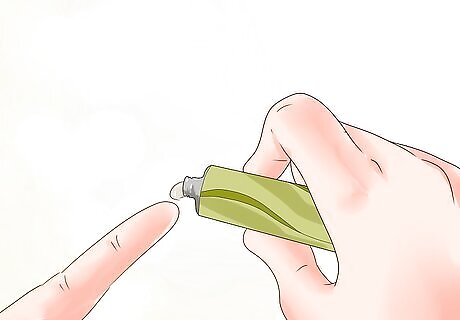
Apply petroleum jelly. Petroleum jelly (like Vaseline) can help your skin retain moisture and keep your wound from drying out and scabbing (which can lead to scarring). As long as you are cleaning your wound daily, an antibacterial ointment is not necessary. Use antibacterial ointments according to your doctor’s instructions if the wound becomes infected. Studies have shown that antibacterial ointments are not significantly more effective at preventing infection than petroleum jelly or other antiseptic ointments.
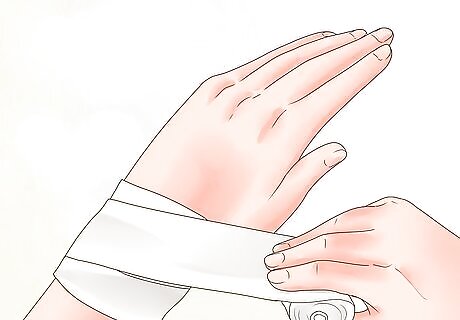
Cover the wound using a gauze bandage. Cover the wound before the petroleum jelly you have put on it dries. Your wound should be kept moist, as too much dryness can cause the healing skin to breakdown. Put a piece of clean gauze over the wound and tape the edges of the gauze down with medical tape. Alternatively, some large gauze bandages come with adhesive on the bandage already.
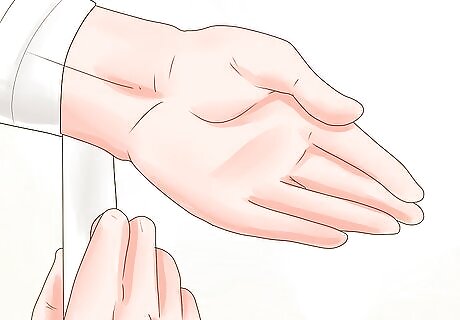
Change the dressing daily or whenever it gets wet or dirty. Keep your dressing dry and clean, as this will help to keep your wound from getting infected. If you notice that the bandage is damp, replace it with a new one. If your dressing gets soaked, change it immediately to avoid spreading bacteria found in the wound discharges.

Know when to seek medical help. Monitor the amount and characteristic of your wound’s drainage. Normal wound drainage releases only mild to moderate amounts of discharge. See your doctor if the drainage increases, the drainage turns thick, tan, green, yellow, and/or smelly, you have a fever of 100.5°F (38°C) or higher, the wound becomes larger, deeper, darker, or drier, or you notice more redness, pain, swelling, or bleeding. If the bandage gets soaked several times a day, it indicates that you are experiencing abnormal wound drainage. Call your doctor right away and go to the nearest hospital as severe wound bleeding or a hemorrhage can potentially be fatal due to excessive blood loss.




















Comments
0 comment